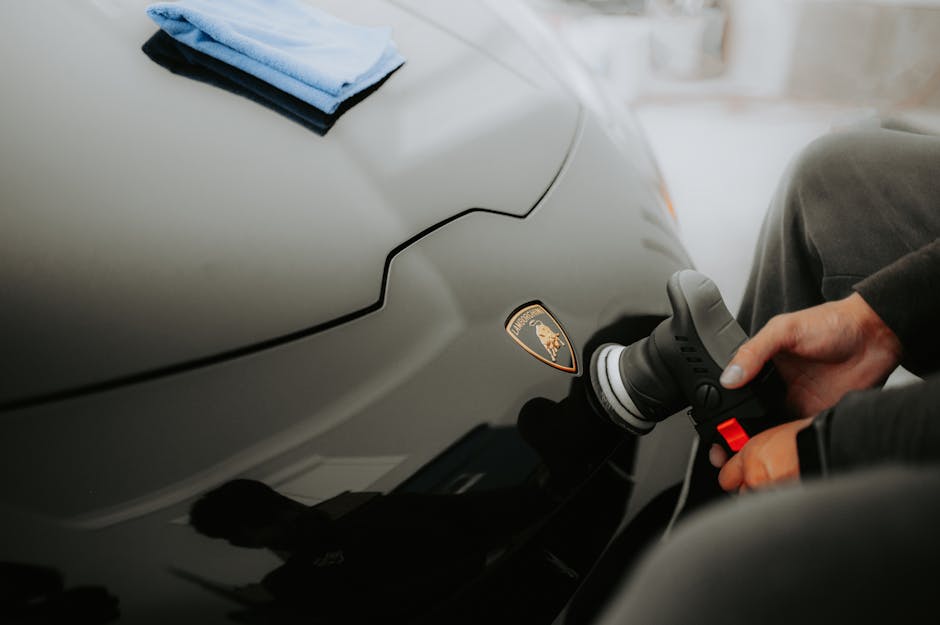Dive into the glossy journey of polishing clothes, the unsung heroes behind every gleaming vehicle. From humble beginnings to the cutting-edge technology of today, discover how these essential tools have transformed auto detailing into an art form.
The origins of polishing clothes in auto detailing
The story of polishing clothes begins in the early days of automobile maintenance, where the emphasis was on functionality over aesthetics. Initially, any available cloth was used to wipe down vehicles, often leading to scratches and unsatisfactory results. This rudimentary approach laid the groundwork for the development of specialized polishing clothes, designed specifically to enhance the look and longevity of automotive paint finishes.
In this nascent stage, natural materials like cotton, linen, and wool were popular choices. Each material offered unique benefits, but also had limitations in terms of absorbency, scratch prevention, and durability. These early experiences highlighted the need for a more advanced solution that could meet the increasing demands of auto detailing, propelling the industry forward.
Key advancements in polishing cloth technology
The real transformation in polishing cloth technology began with the introduction of synthetic fibers. Materials like polyester and nylon revolutionized the auto detailing industry by providing durability and efficiency previously unseen. The development of these synthetic polishing clothes meant fewer scratches, more effective dirt and oil removal, and a heightened ability to polish surfaces to a glossy finish without damaging the paintwork.
Another significant advancement was the weaving techniques used to create polishing clothes. Microfiber technology, in particular, represented a milestone, due to its ultrafine fibers, which are 100 times thinner than human hair. This innovation allowed for an unprecedented level of cleanliness and shine, becoming a game-changer in how vehicles are detailed and maintained.
Impact of microfiber on polishing and detailing
Microfiber polishing clothes have become the gold standard in auto detailing. Their split fibers create a larger surface area, enabling them to pick up and hold onto particles much more effectively than traditional cloths. This ability to trap dirt and reduce the risk of scratching has significantly elevated the quality of auto detailing, making microfiber an indispensable tool in a detailer’s arsenal.
Beyond their cleaning capabilities, microfiber cloths offer an environmentally friendly option. Reusable and durable, they reduce the need for disposable products and chemical cleaners, aligning with the growing emphasis on sustainability within the auto industry. This has spurred continued innovation, leading to the development of even more advanced microfiber polishing clothes geared towards specialized detailing tasks.
The use of microfiber has not only improved the efficiency and effectiveness of polishing but has also contributed to the elevation of auto detailing from a basic service to a form of craftsmanship, where attention to detail and the quality of finish are paramount.
Future trends in auto detailing polishing clothes
Looking ahead, the evolution of polishing clothes is poised to continue, driven by advancements in material science and a deepening understanding of surface chemistry. We’re beginning to see the emergence of nano-fiber cloths, which offer even greater precision and efficiency, indicating a future where nano-technology plays a central role in auto detailing.
Sustainability will play a critical role in shaping the next generation of polishing clothes. The industry is moving towards eco-friendly materials and manufacturing processes that reduce carbon footprints while maintaining, if not improving, the high standards of cleanliness and polish that detailers and their clients expect.
The integration of technology is another exciting frontier. Smart textiles, capable of changing properties based on temperature or the type of surface being treated, are currently in development. These polishing clothes could adapt to optimize detailing work, ensuring the best possible finish and further revolutionizing the auto detailing industry.
As we’ve navigated through the evolution of polishing clothes, it’s clear that they are more than just tools; they are the backbone of the auto detailing industry, constantly evolving to meet the demands of both professionals and enthusiasts alike.






Leave a comment
This site is protected by hCaptcha and the hCaptcha Privacy Policy and Terms of Service apply.